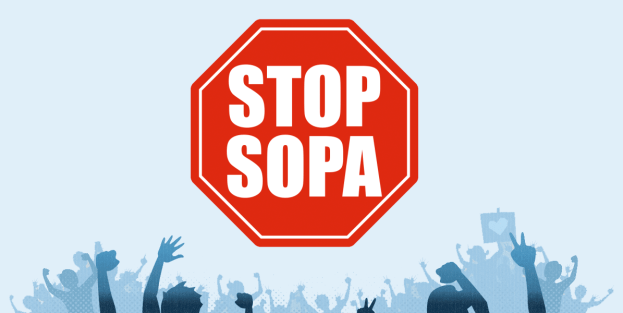
The end of the Internet as we know it may be right around the corner — but not if the Mozilla Foundation has anything to say about it. The maker of Firefox, a non-profit organization, has launched a campaign to help block the passage of both the ‘Stop Online Piracy Act’ (SOPA) and the ‘Protect IP Act’ (PIPA), each of which may soon go up for a vote in Congress. Those who join the campaign are asked to call their senators and representatives and express their ardent opposition to these bills by this Tuesday.
What are SOPA and PIPA, anyway?
Both PIPA and SOPA aim to crack down on websites that illegally distribute copyrighted material, like movies, songs and TV shows, just as the 1998 Digital Millennium Copyright Act (DMCA) tried to accomplish in the past. What makes them particularly controversial is that they also have the ability to establish a precedent of Internet censorship never before seen in the US, by allowing corporations (copyright holders) and the US government to require Internet service providers to block access to domains they feel infringe on intellectual property rights, to block payments (through direct donations or ad sales) made to suspected sites, or to sue sites (like Google, for instance) that they think don’t do enough to block access to copyright-protected content. This chilling factor is especially true for SOPA, which critics say could establish the “Great Firewall of America,” a reference to the strict censorship placed on online activity in China.
Supporters and critics
Because of the great power SOPA and PIPA give to copyright holders, these bill have strong support from the entertainment industry, including the Motion Picture Association of America and the Recording Industry Association of America, among other major content creators. In the opposite corner are a wide number of technology giants, including Google, YouTube, Facebook, Twitter, Tumblr, AOL, LinkedIn and even Microsoft — a long-time proponent of stricter copyright protections.
Other possible consequences of SOPA and PIPA
In the addition to the risk that an incalculable number of innocent websites could find themselves blocked behind an iron curtain — something that could happen simply because a company like Universal or Sony believes a site may be contributing to copyright infringement — critics argue that SOPA and PIPA would fail to stop online piracy because people could still access infringing site by simply typing in their IP address, rather than the domain name. Cybersecurity experts say these bills, if enacted, threaten the very structure of the Internet because the Domain Name System (DNS), which translates domains like “digitaltrends.com” into their corresponding IP addresses, would be tampered with to such an extent that the entire World Wide Web could face a slew of detrimental security risks.
Conclusion
In short: SOPA and PIPA would likely do little to achieve their explicit goals of curbing online piracy. They would give corporations and the US government broad powers to censor the Internet, while at the same time making the entire Web less secure.
SOPA is likely to go up for a vote in the US House of Representatives soon, and Senate Majority Leader Harry Reid is expected to call PIPA up for a vote as soon as next week.
If you believe these pieces of legislation would be detrimental to the Internet we all know and love, join Mozilla’s campaign to block passage of these bills here.
Watch an in-depth video explanation of PIPA
PROTECT IP Act Breaks The Internet from Fight for the Future on Vimeo.


